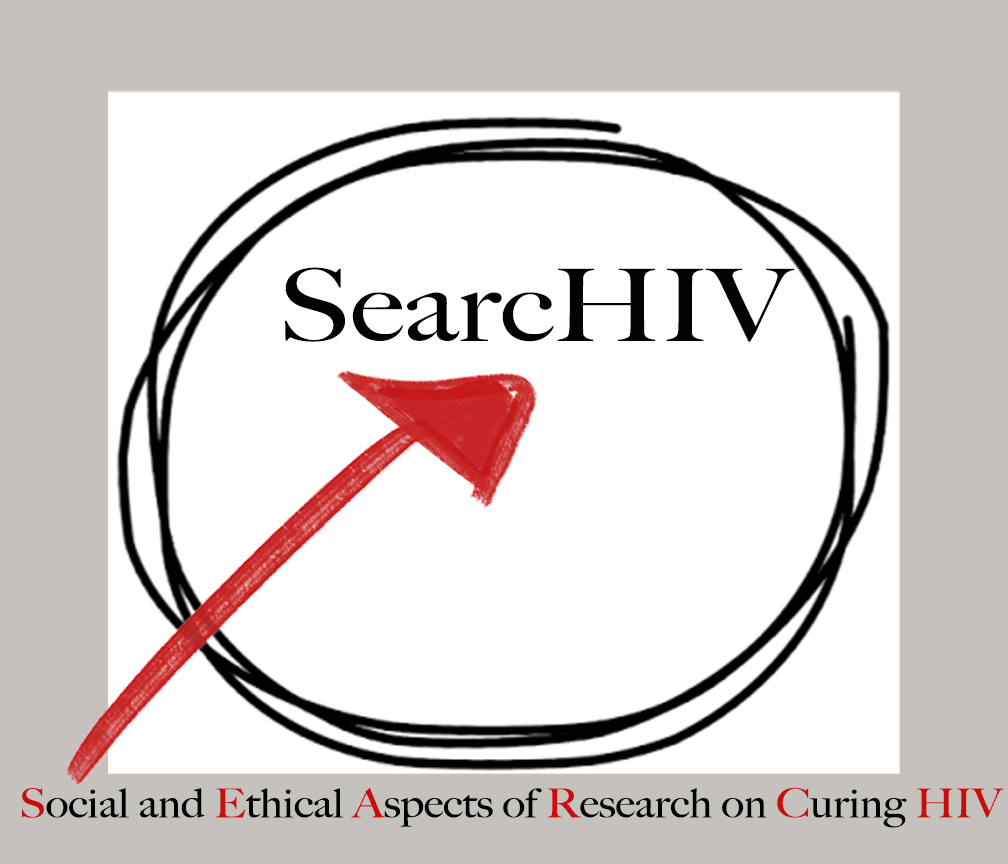by Catie Gliwa, David Geffen School of Medicine, University of California, Los Angeles
Raul Necochea, Dept of Social Medicine, UNC School of Medicine
Disease cures do not happen overnight. In most cases, there is a long period of research and trials; success is defined by longevity, which can only be measured in real time. Although HIV has just begun its curative odyssey, we can look to the historical example of pediatric acute lymphoblastic leukemia (ALL) for an example of the effects this slow transition may have on patients. Before the 1950s, ALL was an incurable disease; today, it is curable in many cases. Is there anything we can learn from this transition period that can be applied to HIV? This was the question that sparked research into our paper, “Pediatric Leukemia, Psychosocial Dimensions of Cures, and Implications for HIV,” published online recently in Pediatrics
In the 1970s, pediatrician and bioethicist Jan van Eys noticed something concerning about his young patients with ALL. Although therapeutic advances over the past twenty years had dramatically increased the chance that these patients would survive longer than a few months, there was still a great variability in outcomes. As a result of this ambiguity, van Eys observed, patients and their caregivers often experienced significant anxiety. And, critically, even if a patient was eventually biologically cured of the disease, she often suffered in other ways—psychologically or socially—as a result of these years of uncertainty.
Van Eys used these experiences and observations to propose a holistic, three-part, vision of cure. For Van Eys, a “truly cured child” was one who was not only biologically cleared of the disease, but also psychologically healthy and functioning at a socially appropriate level. To implement these ideas, van Eys and his colleagues at MD Anderson worked with multidisciplinary teams to implement infrastructural changes in pediatric cancer care—many of which are in use today.
It is likely that during this period of curative research and development, many pediatric HIV patients will experience the same sort of anxious ambiguity that van Eys observed in his young patients over 40 years ago. Although the importance of incorporating psychological and social care is already recognized for most pediatric patients with HIV, in our paper we suggest that the development of a cure may bring up new, unique, challenges for researchers and clinical care teams. To give just one example, during the research phase, patients may misunderstand the uncertain outcomes of a given therapy and may suffer anxiety while waiting to determine if treatment is successful. Therefore, we propose that researchers keep in mind this concept of a “truly cured child” during the long process of implementing a pediatric HIV cure. The goal is not just to eliminate the HIV virus, but to create a new population of global citizens who can thrive—physically, psychologically, and socially—as HIV survivors.

